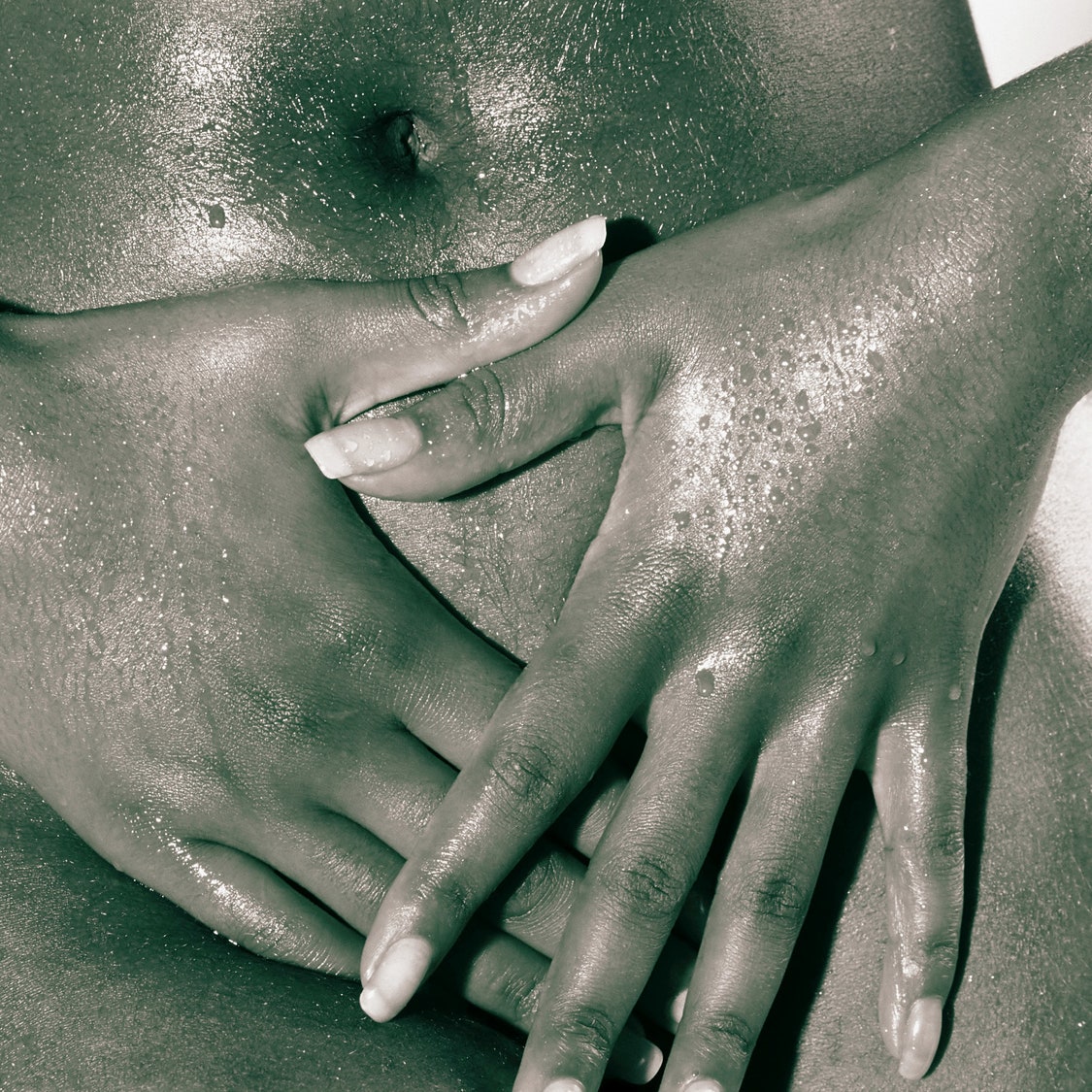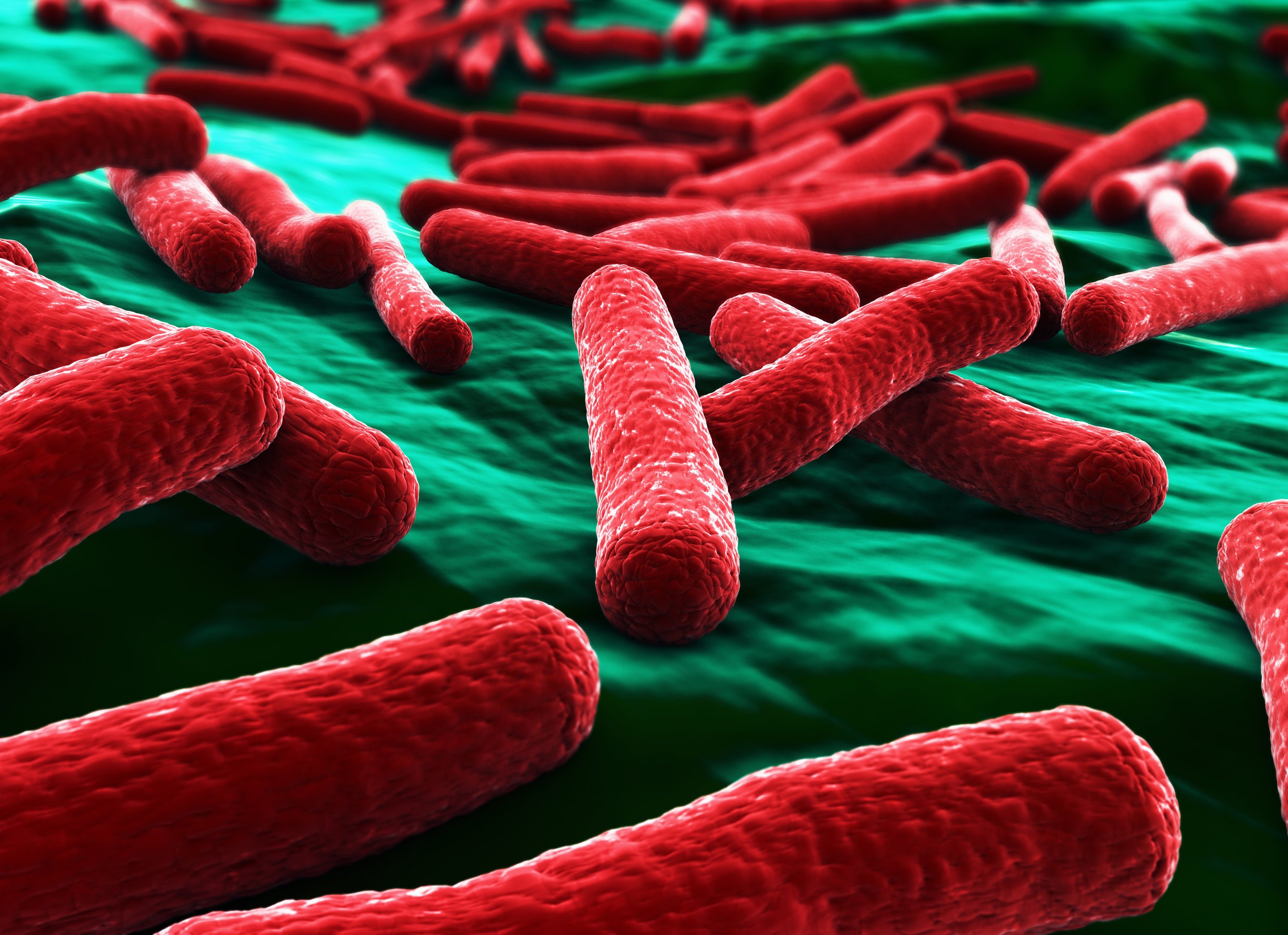Hello ladies: Today we’re diving right into the taboo. However, we’re not talking about breast health, uteruses, vaginas or sex. Our topic of the day? UTIs. That’s right—we’re talking about urinary tract infections. Now, don’t get confused; although it’s acronym is three letters and it concerns your groin, we are not talking about IBS. No, today we’re talking about your need to pee… constantly.
Ahead, find all of your burning questions answered.
What is a UTI?


Urinary tract infections or UTIs as you’re probably more familiar with, describes any infection of the urinary tract, which encompasses the kidneys, the bladder, and the tubes that run between them.
UTIs generally tend to occur in women, who are 30 times more likely to develop a UTI than men (boo). In fact, statistics show that over 50 to 80 percent of women will contract at least one UTI in their lifetime, and 20 to 30 percent will suffer a recurrent UTI. Why must we women suffer more? Apparently, we have our relatively short urethras to blame.
UTIs can happen in any of the organs, but for ease of reference they are split between the upper urinary tract (the kidneys and the ureters), and the lower urinary tract (the bladder and the urethra). The infections are referred to by different names depending on where they occur. For example, a bladder infection is called cystitis, a urethral infection is called urethritis and a kidney infection is called pyelonephritis.
There are two types of UTIs: simple, and complicated. Simple UTIs are the kind usually seen in women, or healthy people with normal urinary tracts. Complicated UTIs, on the other hand, are more common in men and children, or in abnormal urinary tracts. Your doctor will know the key difference, so don’t worry for now.
As for why they happen? It goes without saying—your genitals are covered in bacteria. But don’t freak out yet: A lot of this bacteria is good for you. However, sometimes E. Coli The Terrible (Note: Sometimes other bacteria are responsible) decides to wreak havoc on your poor urinary tract and boom—you can’t pee right.
What are the symptoms of a UTI?

According to this article, the general symptoms depend on whether you have an upper or a lower UTI.
Symptoms of a lower urinary tract infection:
- A strong, and frequent, urge to pee
- Cloudy, bloody or smelly pee
- Pain (often described as a burning sensation) when you pee
- Nausea and vomiting
- Lower abdomen pain
Symptoms of an upper urinary tract:
- Fever, chills and rigors
- Back pain that occasionally radiates to the waist
- Nausea and vomiting
- Possible symptoms of lower urinary tract infection
- Septic shock
Why do I have a UTI?


When it comes to UTI’s, you’re spoilt for choice of cause—it could be anything from:
- Sexual intercourse This is particularly common if you’re having sex frequently, and especially if there are multiple or new partners involved (slow down, tiger!)
- Poor personal hygiene UTIs are, as we’ve mentioned, bacterial infections. It’s clear why poor personal hygiene will put you a lot higher up on the risk factor
- Forms of contraception In particular, diaphragms and condoms with spermicidal foams are linked to a higher risk of contracting a UTI
- Pregnancy A growing fetus puts pressure on your urinary tract, which can trap bacteria and/or cause difficulties peeing
- Menopause Once you hit menopause, you may have trouble fully emptying your bladder (fun!) which puts you at a higher risk of a UTI
- Heavy antibiotics use Antibiotics can disrupt the natural flora of your gut and your urinary tract, leaving you susceptible to infection
- Diabetes This metabolic disease causes frequent urination and high blood sugar, neither of which bode well for UTIs
How do I treat a lower UTI?


Lucky for you, your doctor’s doing all the heavy lifting here. The most common treatment is a bit of a no-brainer. Bacterial infections are treated with—yep, you guessed it: Antibiotics. However, if you can’t take antibiotics for any reason, there is one sneaky treatment your doctor might use to avoid the development of dangerous bacterial resistances. This is a drug called Methenamine that stimulates the production of formaldehyde in your bladder to kill those nasty buggers. Fret not, though—it won’t pickle you from the inside out.
If you’ve exhausted the medical professional route and you’re looking to speed up the purging process, there are a few things you can do at home. The first is to keep the water flowing. The idea is that the more you pee, the quicker the infection passes.
Plus, if you have any girlfriends who have had unfortunate brushes with ye olde UTI, you may have heard that cranberry juice makes an excellent infection-buster. Now, we won’t say that it doesn’t work at all, but studies have shown that if it does help, it’s not much. However, cranberry juice is delicious and you should not need a UTI to validate your drinking habits. Just make sure you’re keeping everything in moderation—around 30% of participants in this study reported stomach issues after going too hard on the juice.
How can I prevent myself from getting a UTI (again)?

Well, the unfortunate truth is that UTI’s are typically a recurring thing. The statistics are not in your favour. However, the experts do recommend a few things that can mitigate the risks:
Pee before and after sex
The thought behind this is that it will flush out any nasties hanging around where they shouldn’t be (and we’re not talking about your partner).
Drink plenty of liquids, especially water
Nipping to the loo more often helps you avoid any illegal loitering of bacteria in your nethers
Wipe from front to back
Now if you don’t already do this, you’re going to be horrified to learn why you should. Fecal matter is full of ‘bad’ bacteria, and you’ve been wiping them home by going bum to bush! We cannot stress enough that you should always, for the love of all things holy, wipe from front-to-back.
Drink cranberry juice
Hey—we both know this might not work but that shouldn’t stop you. Go wild.
Avoid douching
Ladies, odd as it may seem, this cleaning process can actually end up doing more harm than good. Your vagina is full of both good and bad bacteria, and douching indiscriminately wipes out the good guys! Douching is a particularly bad idea if you’ve had a few UTIs already. While you’re at it, avoid getting any kind of fragrances around your hoo-ha. Also, avoid the bath like the plague—there’s nothing worse for your urethra than sitting in a tub of your own dirt.
Change your birth control
Contraception is the best baby-preventing invention since abstinence, but there are so many options that it’s near-impossible to tell what’s right for you. Allow us to help—we can narrow down your choices for you. If you’re UTI-prone, steer clear of diaphragms and unlubricated or spermicide-treated condoms as they can contribute to the growth of the bad bacteria you’re trying to avoid.
Wear cotton underwear and loose-fitting clothing
Why? To keep your genitals dry, of course! Wearing gentle, airy fabrics will not only ease the discomfort of your UTI, but keeping your urethra dry will also help to prevent fostering further infections.
For more feminine health stories, click here. This article is not a substitute for medical advice. Although information is cited accordingly, do not make any medical decisions based on this article.
| SHARE THE STORY | |
| Explore More |




